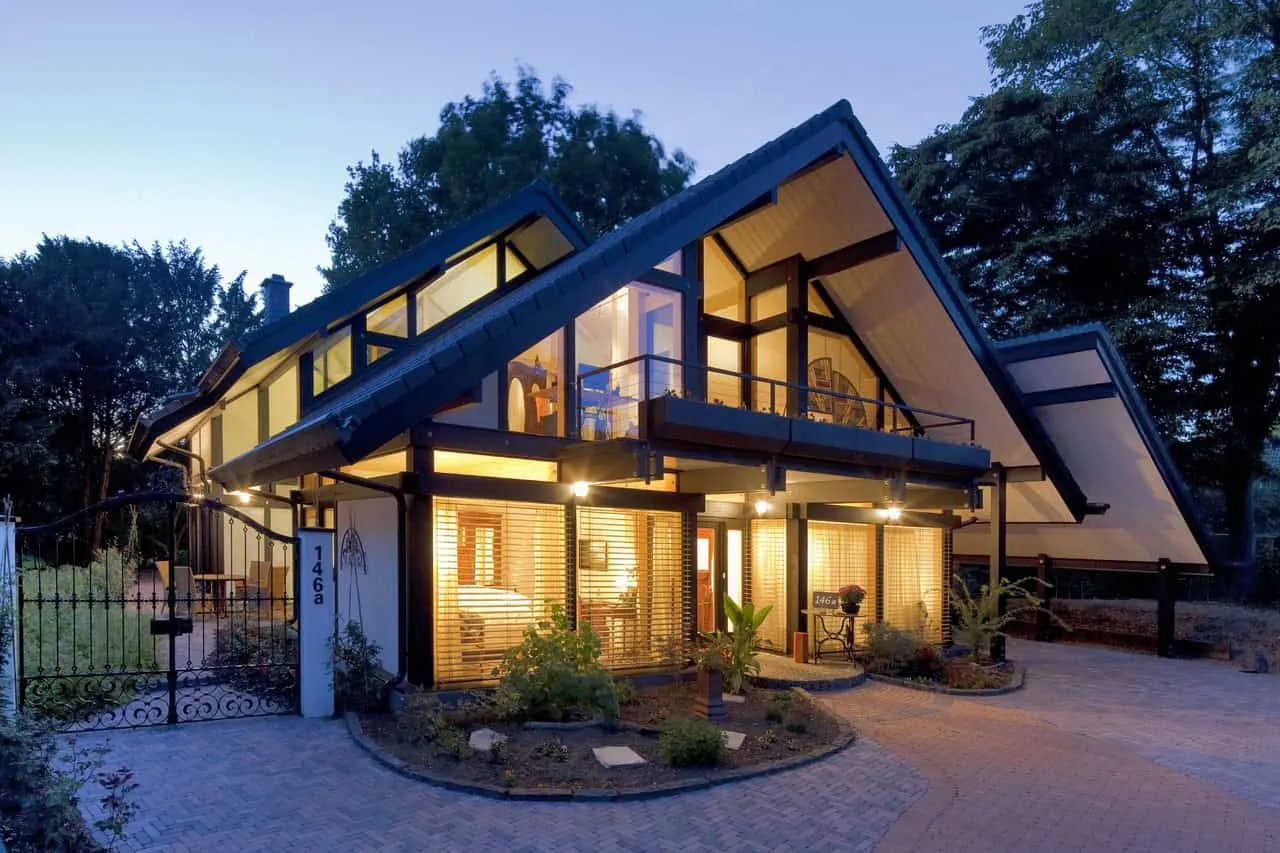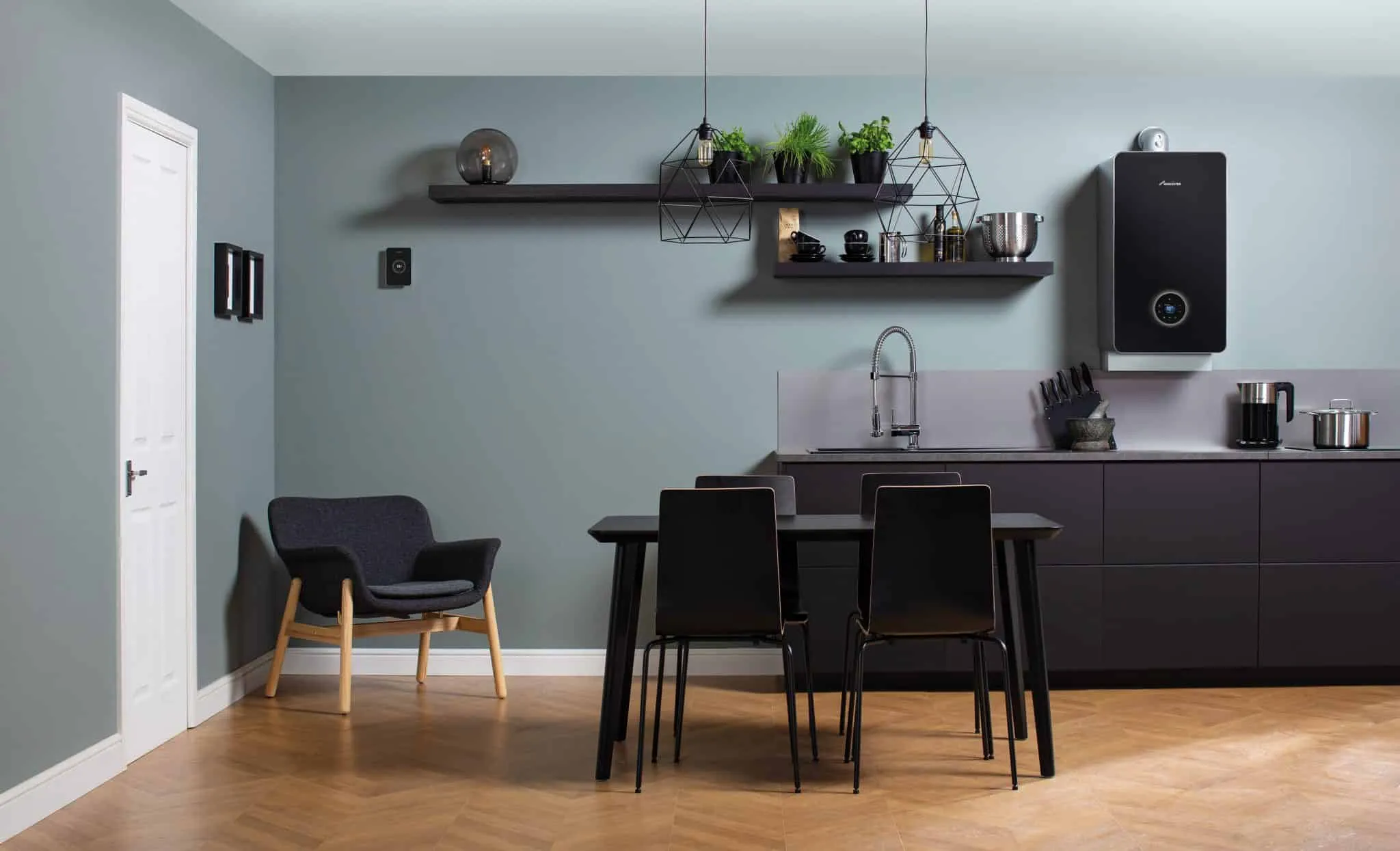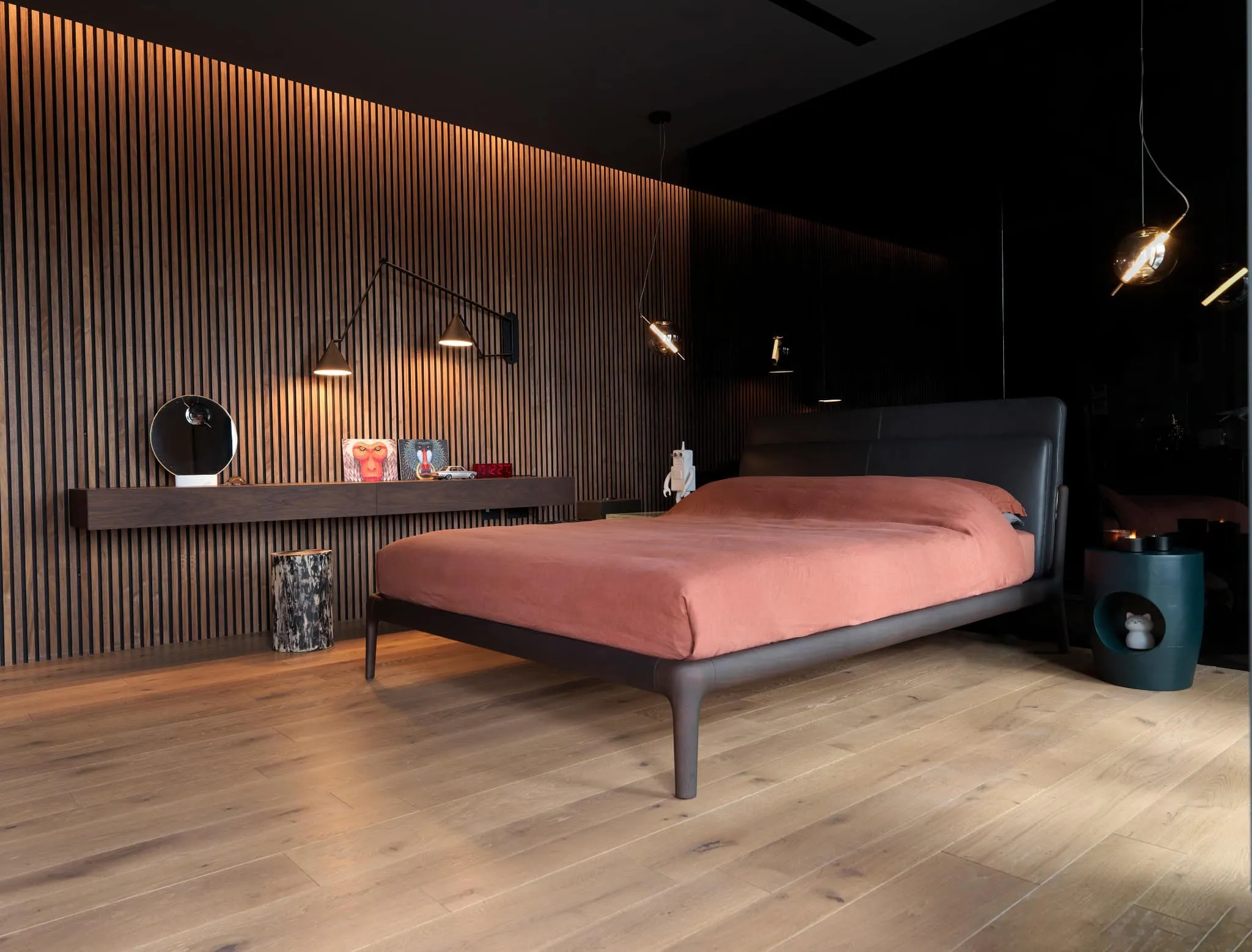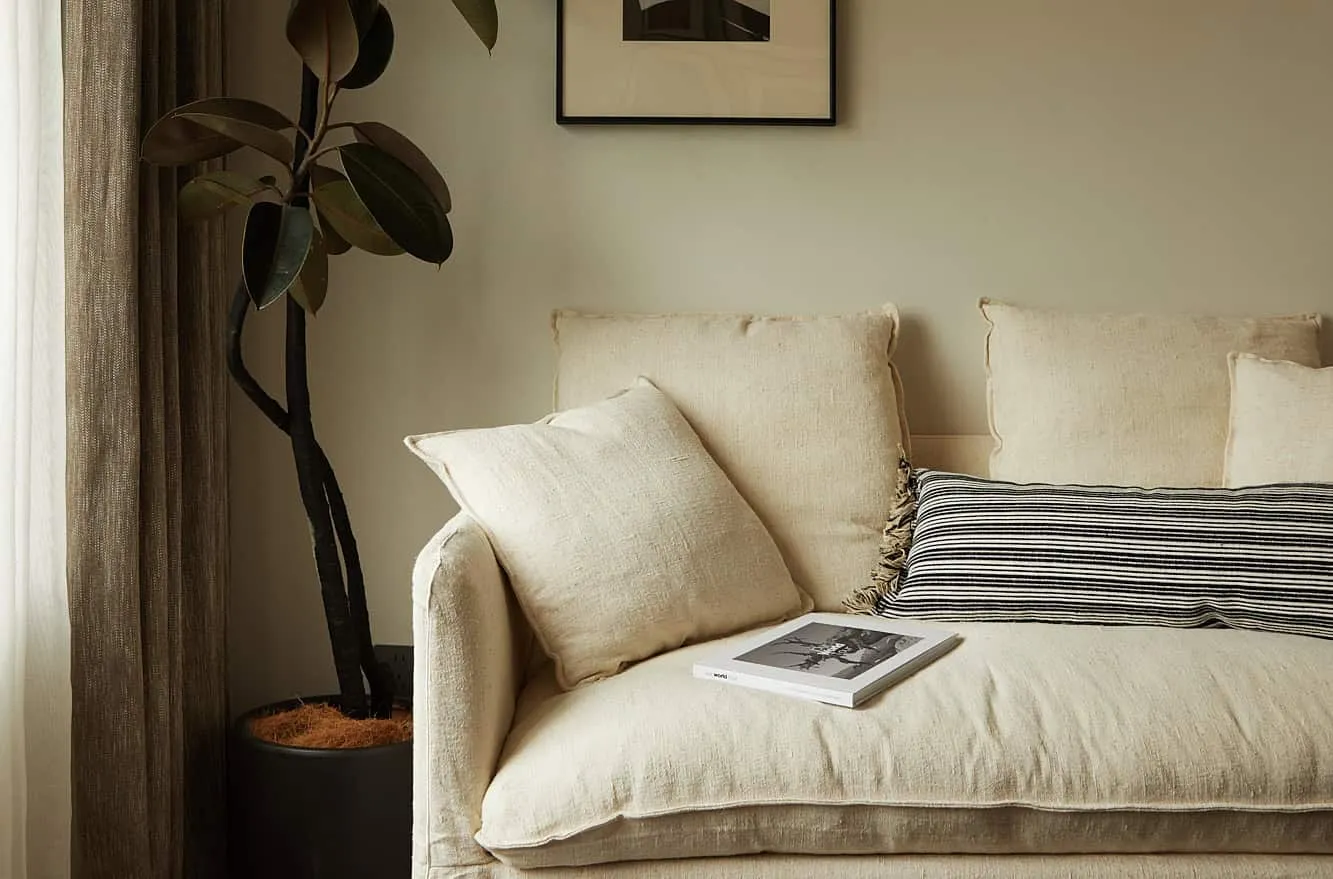There can be your advertisement
300x150
Review of Key Questions When Choosing Laminate
If you are planning a home renovation and looking for ideas for your project, you have probably already encountered the term laminate. Traditionally considered an affordable alternative to carpet or wood, laminate has significantly evolved compared to its past simple design. Realistic bevels, grooves and aged finishes have been added. Thanks to advanced impression techniques, laminate can be designed to resemble a specific wood texture. Simply put, it gives you the look of any material you want (wood, tile or stone) without paying a fortune while providing durability and reducing the load on natural resources.
Laminate is an excellent choice for any room in your home. In addition to basements and living rooms, installing laminate is recommended for areas of the house where children and pets are regularly present. The details and style of laminate make it a visually appealing option. Laminate planks can even be installed on walls, but not on ceilings or countertops. To choose the best laminate for your home, several factors must be considered. Do not jump straight to purchasing. Create a design that will meet your needs and is easy to install and maintain.

Determine Which Type of Laminate Is Best for Your Home
Laminate is available in a wide range of styles, colors and textures. Floor thickness varies from 0.6 to 1.5 millimeters. There are various types of laminate:
- Material: plastic, plywood
- Installation Type: click-lock, glued, pre-glued
- Surface Type: smooth, textured, aged
Laminate is a process of bonding multiple layers of synthetic materials by lamination. Tiles are easily secured in place. They are durable, moisture-resistant and easy to repair. Therefore, you can expect long-lasting laminate.
Laminate is often confused with natural parquet, so it will make your home unique. One of the major advantages of this type of floor is its ability to resist wear. Over time, floors can be sanded to restore their original appearance by lightly sanding and restoring/replacing the surface. The top layer and internal components withstand scratches from pets, moisture, sand, etc. You can choose from practically an endless list of finishes including cherry, ivory, chestnut, maple, hickory, oak, pine and walnut.
Consider Ease of Maintenance
The chosen type of laminate should be maintained. Generally, most types of laminate floors require minimal maintenance and easily retain an attractive appearance. How to make your investment more durable? It's best to avoid excessive exposure to moisture, even if it cannot penetrate and damage the material. Microfiber mops are soft enough for use on laminate. Clean floors every two months and use a cleaner recommended by the manufacturer. Do not lift the mop head until finishing work is done. Laminate can be scratched, so use a soft brush for cleaning debris.
Do Not Choose Color Based on an Empty Room
Laminate floors will last a lifetime with proper care, so choosing the color may seem like an investment in a feature that will affect aesthetics for many years. According to Quick-Step experts, it's important to consider the overall look when choosing floor color and finish. More precisely, the laminate color should match your style and create the right atmosphere in the home. If you want to emphasize an accent in the interior, it's better to choose natural colors like classic oak.
The decision is up to you, but each family member may want to express their opinion about the laminate you are installing. As you can imagine, your loved ones have different preferences, so what might seem good to you may not suit their taste. Laminate can visually impact the space depending on the chosen color. For example, dark floors absorb sunlight, making them ideal for rooms with large windows. If you have a small room packed with furniture, dark flooring is not the best choice because it makes the space even smaller.
Ensure Underlayment Installation Is Easy
If laminate planks do not have a pre-attached underlayment, purchase separate underlayment for the project. Underlayment is a sturdy flexible sheet of material laid over the floor base, providing a barrier protecting installed planks. Additionally, it levels the floor, reduces sound insulation and increases thermal resistance of the floor. Some underlayments have self-adhesive tape to connect one row with another, others require separate tape. Cork and foam materials are common preferences for laminate underlayment. Cork has antimicrobial properties preventing mold growth. On the other hand, foam absorbs unwanted sounds and compensates for minor defects in the floor base.
As mentioned above, you can find laminate with underlayment built into the bottom or underside of the material. The installation process is more efficient, but the floor becomes thinner. When installing ensure that the floor base is even and defect-free. Remove as much debris as possible. Since you won't see all the debris, use a vacuum to check floor base cleanliness. It's recommended to spend as much money on underlayment as possible since quality depends on price. Buy more than you need.
Overall, laminate is an excellent way to achieve the desired look without a high price. It's important that the laminate stays in your home for several days before installation so it adapts to room humidity and temperature. If the floor base is quite uneven, choose narrower planks.
More articles:
 Green House by Carlo Ratti Associates in Parma, Italy
Green House by Carlo Ratti Associates in Parma, Italy More Eco-Friendly Ways to Build Houses in 2023
More Eco-Friendly Ways to Build Houses in 2023 Green Housing by ONG&ONG in Subang Jaya, Malaysia
Green Housing by ONG&ONG in Subang Jaya, Malaysia Greenhouse: Designing the Optimal Environment for Growing
Greenhouse: Designing the Optimal Environment for Growing Greenstar 8000 Style – Stylish Boilers for Stylish Homes
Greenstar 8000 Style – Stylish Boilers for Stylish Homes Greenstyle: Sustainable Residential Complex by Castello Lagravinese Studio
Greenstyle: Sustainable Residential Complex by Castello Lagravinese Studio Greentown Cloud Mansion Model Hall by WJ Studio: Minimalism Inspired by Art, Nature and Modern Life
Greentown Cloud Mansion Model Hall by WJ Studio: Minimalism Inspired by Art, Nature and Modern Life House in Grid by Estudio VA arquitectos in La Plata, Argentina
House in Grid by Estudio VA arquitectos in La Plata, Argentina